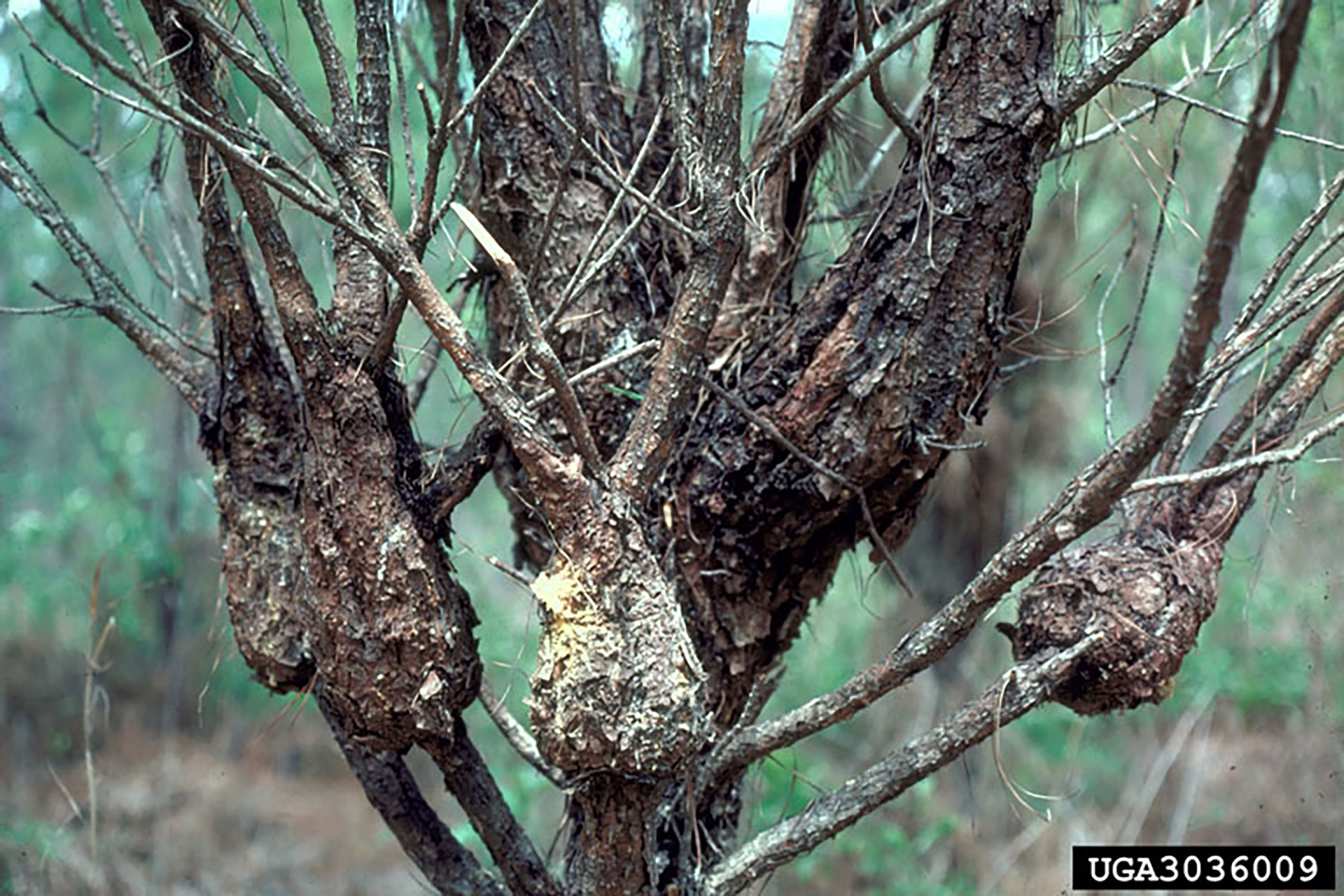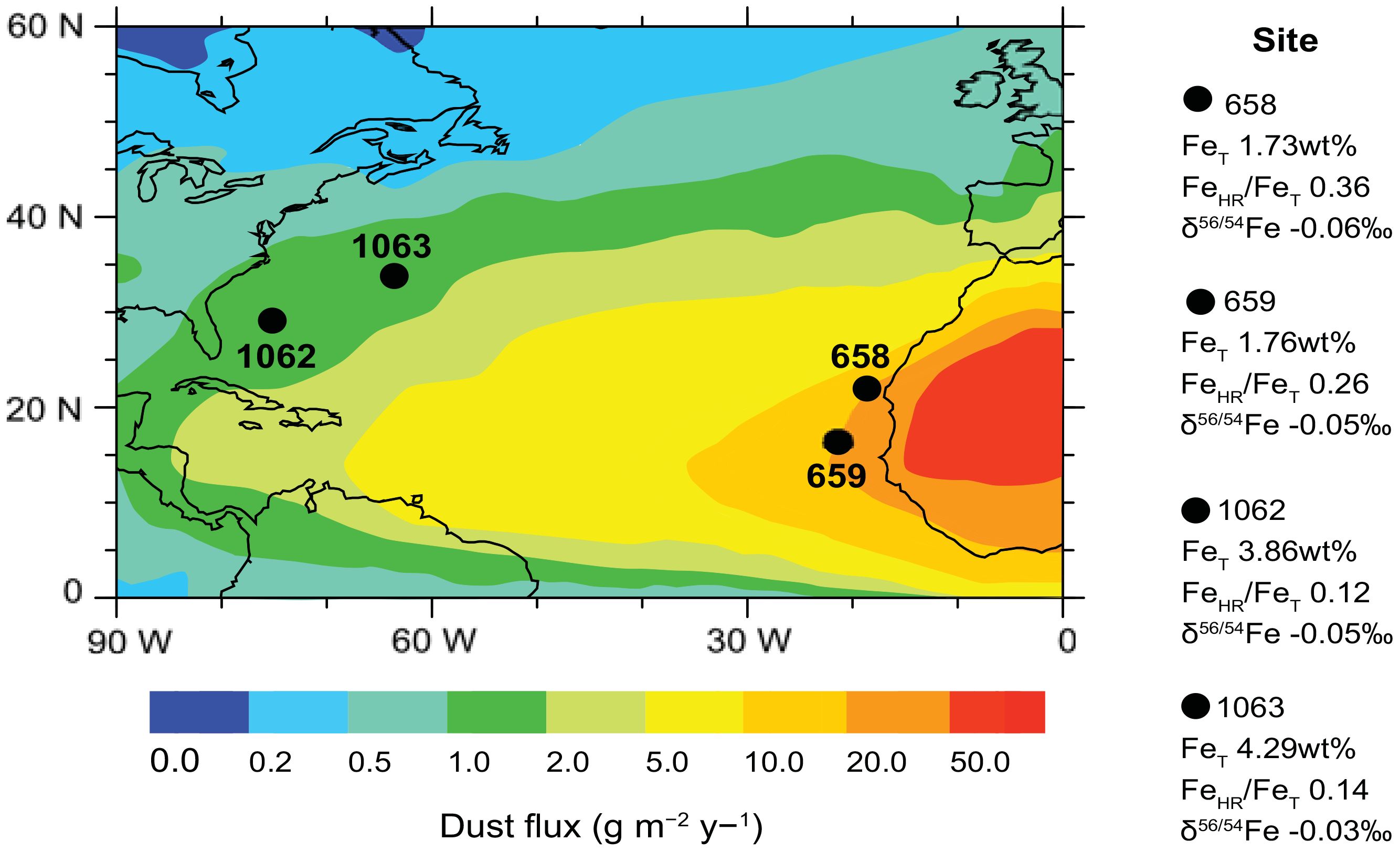2024-09-26 ジョージア大学 (UGA)

Fusiform rust disease causes deformities, as seen here, that cause the loblolly pine’s wood to be unusable, and severely damaged trees are often culled. (Photo by Robert L. Anderson, USDA Forest Service, Bugwood.org)
<関連情報>
- https://news.uga.edu/new-hazard-maps-may-predict-spread-of-disease-in-loblolly-pine/
- https://www.sciencedirect.com/science/article/abs/pii/S0378112724004705
テーダマツの強化さび病ハザードマップ: 遺伝子型と気候を組み込んだ病害予測 Enhanced fusiform rust hazard maps for loblolly pine: Incorporating genotype and climate to predict disease
Simone Lim-Hing, Cristián R. Montes, Trevor D. Walker, M. Nasir Shalizi, Kamal J.K. Gandhi, Caterina Villari
Forest Ecology and Management Available online: 24 July 2024
DOI:https://doi.org/10.1016/j.foreco.2024.122158
Highlights
- Fusiform rust is the most important disease in southeastern U.S. pine forests.
- Current hazard maps neglect climate or host genotype for incidence estimates.
- We identify potential spatial and climatic variables explaining the disease hazard.
- We model and predict fusiform rust hazard for different host genotypes.
- Our improved hazard maps explain up to 93.1 % of the deviance.
Abstract
Hazard maps are a critical component in determining the regional disease pressure for fusiform rust disease [caused by the fungal pathogen Cronartium quercuum (Berk.) Miyabe ex Shirai f. sp. fusiforme], which is considered the most important disease of loblolly pine (Pinus taeda L.) in the southeastern United States. Genetically improved fusiform rust resistant stock should be deployed in areas that are estimated to be at a high hazard for the disease, while stocks with lower resistance to the disease, but perhaps other favorable traits, can be deployed in areas with a lower estimated hazard. Current hazard maps are based on the historic presence of the disease but do not consider the effect of host genotype or climate which can influence the presence and distribution of fungal pathogens. Here, we aim to improve current hazard maps for fusiform rust by identifying, modeling, and predicting the relationship between the disease and yearly climate indicators. Different loblolly pine genotypes were tested: one family improved for resistance and non-improved checklots for each location. We found that, for the non-improved genotypes, location, potential evapotranspiration, consecutive cloud cover, diurnal temperature range, and a yearly available water indicator can explain 89.2 % of the deviance for disease occurrence. For the improved family, we found that longitude, yearly water deficit, yearly consecutive frost days, yearly consecutive cloud cover, and yearly diurnal temperature range explain 93.1 % deviance for disease incidence. We produce two rust hazard maps based on each model, illustrating the probability of the incidence of the disease. With this project, we pave the way for a better-informed determination of where and what loblolly pine resistant stock should be deployed to limit the damage and costs associated with the management of fusiform rust disease.



